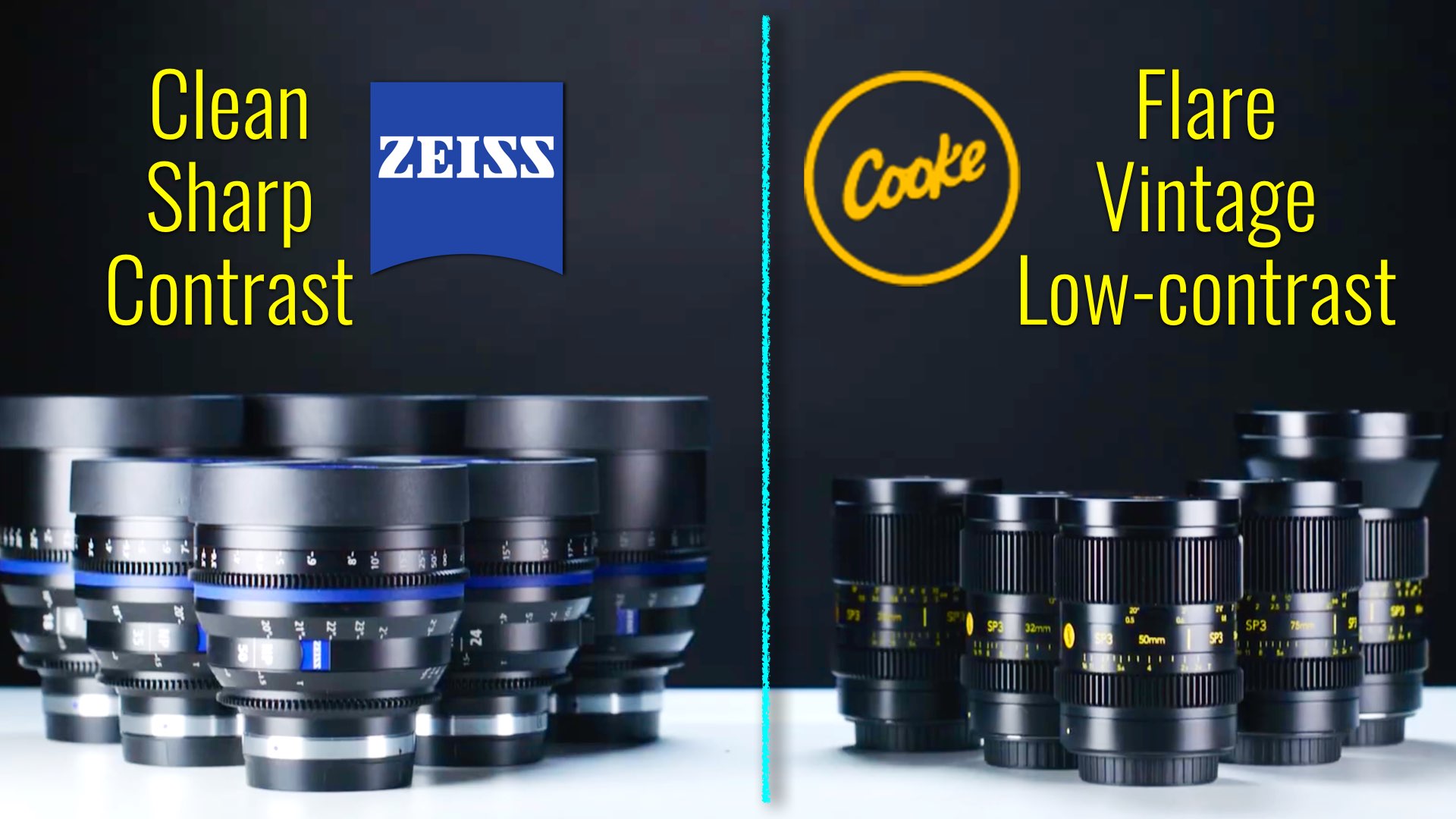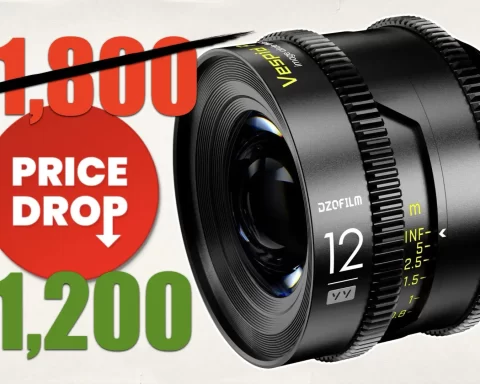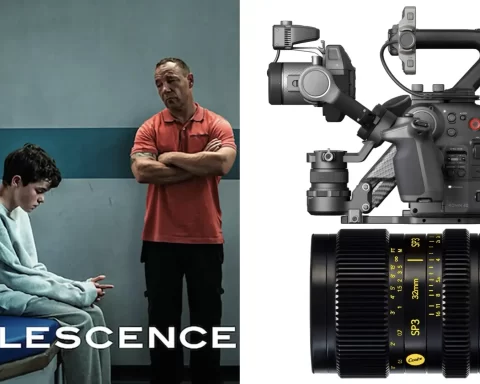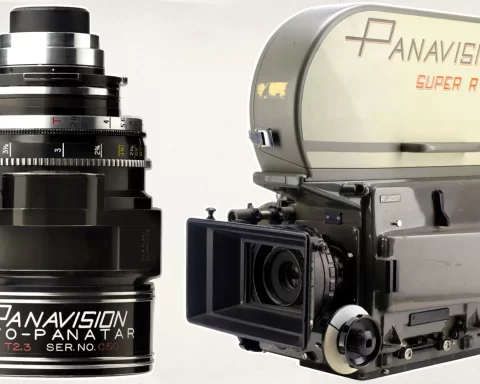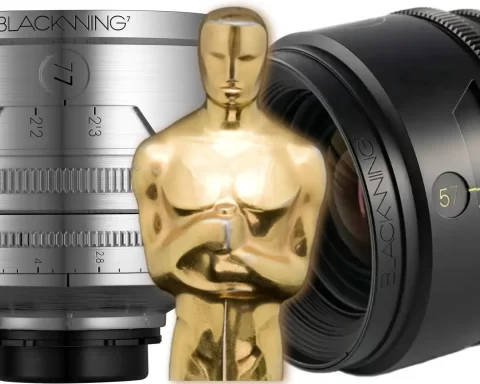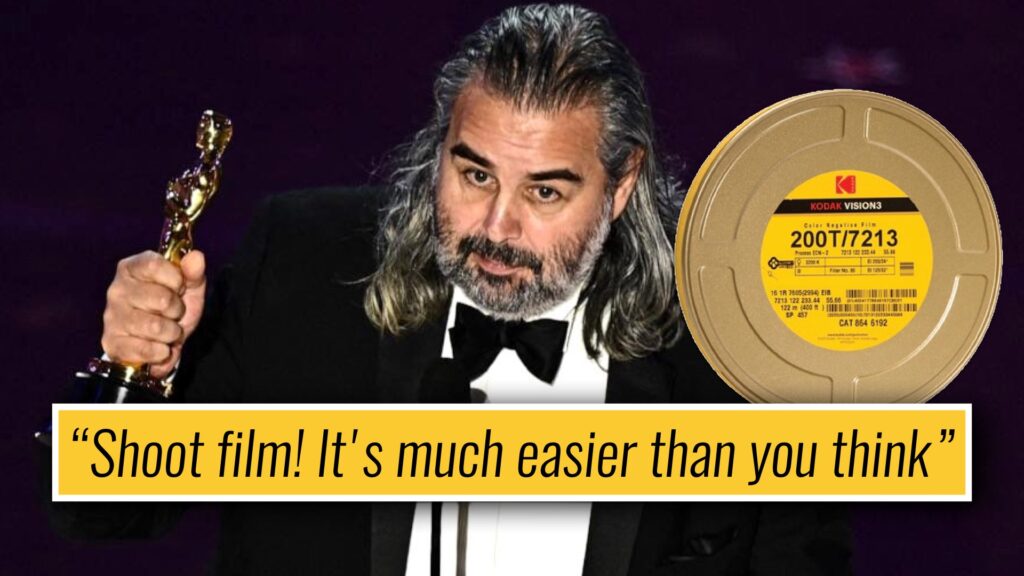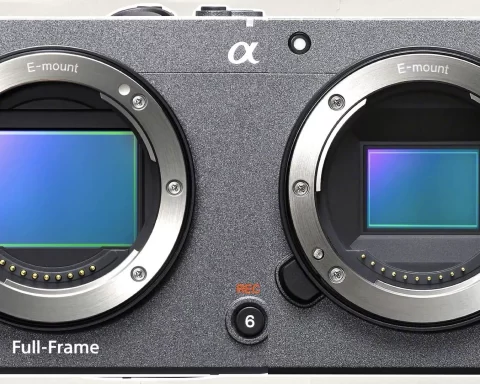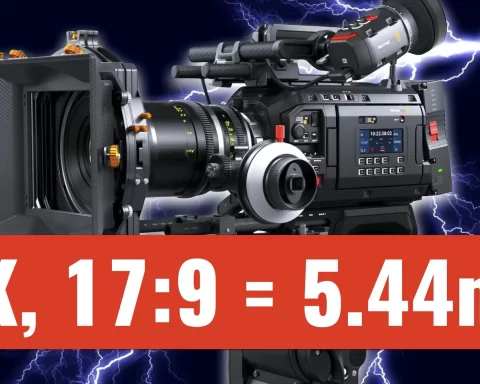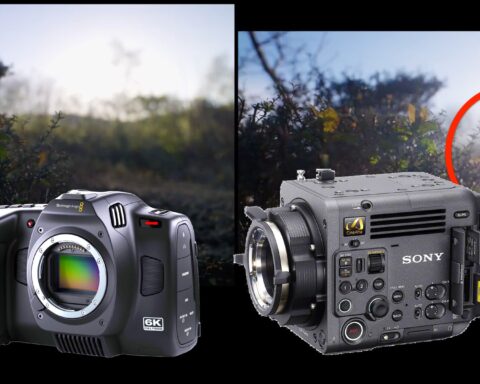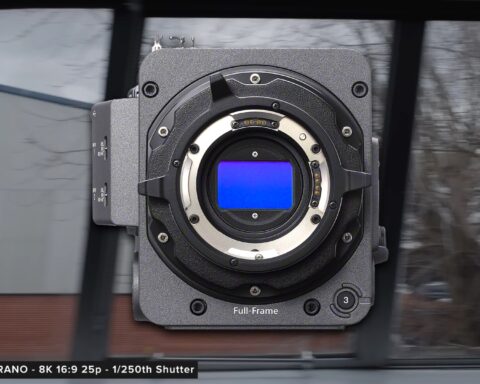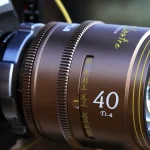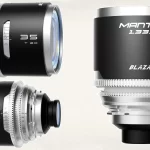Yet another excellent educational video by CVP. This time, a straightforward comparison between two similar but very different lenses: The Cooke SP3 vs. Zeiss Nano Primes. Which is better? Explore below.
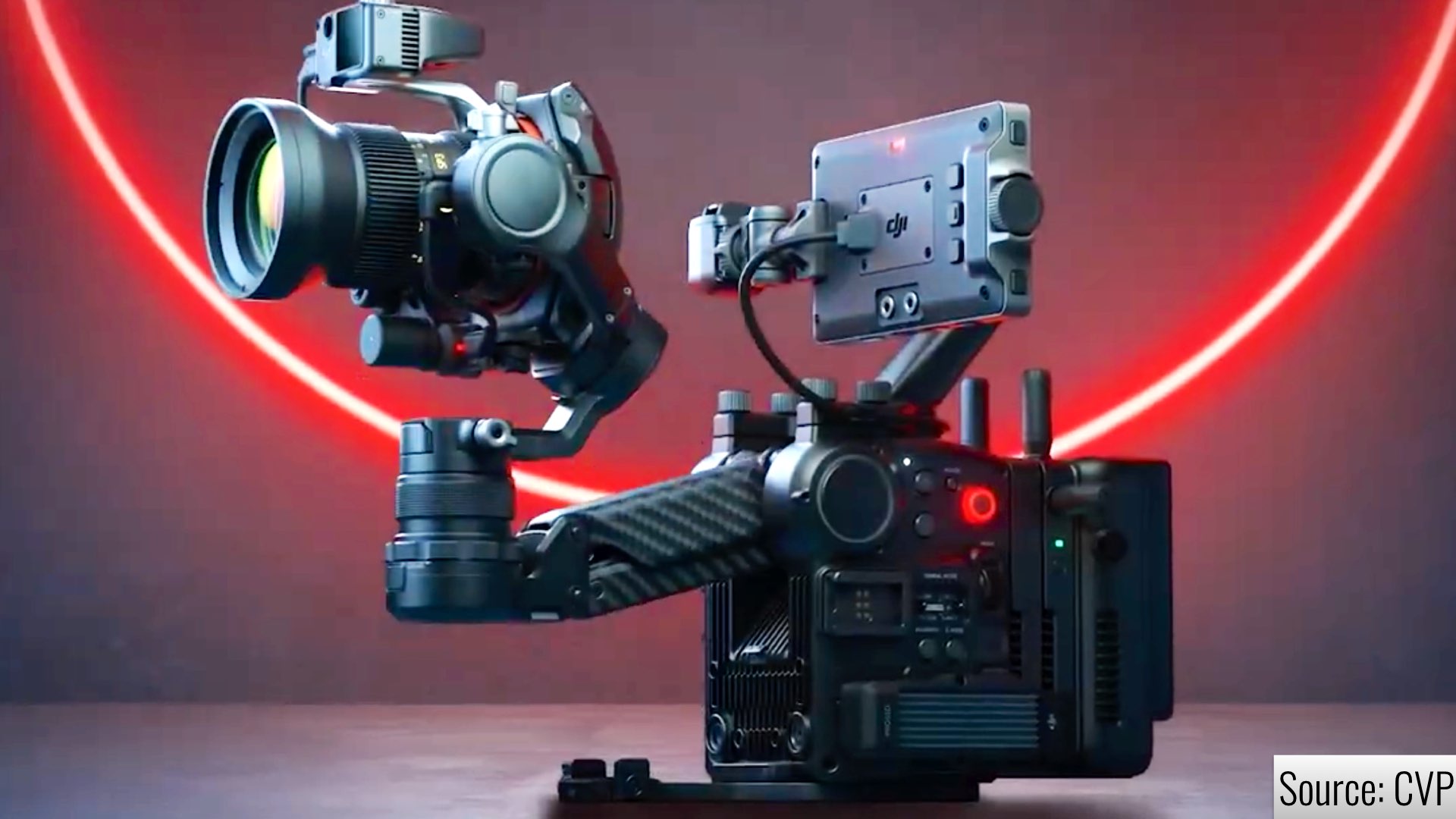
High-end cinema compact glass for FF mirrorless cameras
Both Cooke SP3 and Zeiss Nano Primes are new and interesting lenses. Cooke is normally associated with warm, vintage, and characterful imagery, and Zeiss glass is recognized as clean and sharp. Those lenses allow a whole different style for serving the storytelling process. The SP3s are inspired by the acclaimed Panchro glass. The Nano lenses were born from the Supreme. Even the price is almost the same: A set of Cooke SP3 (5 lenses) costs $21,375. A set of Zeiss Nano (6 lenses) costs $25,950.
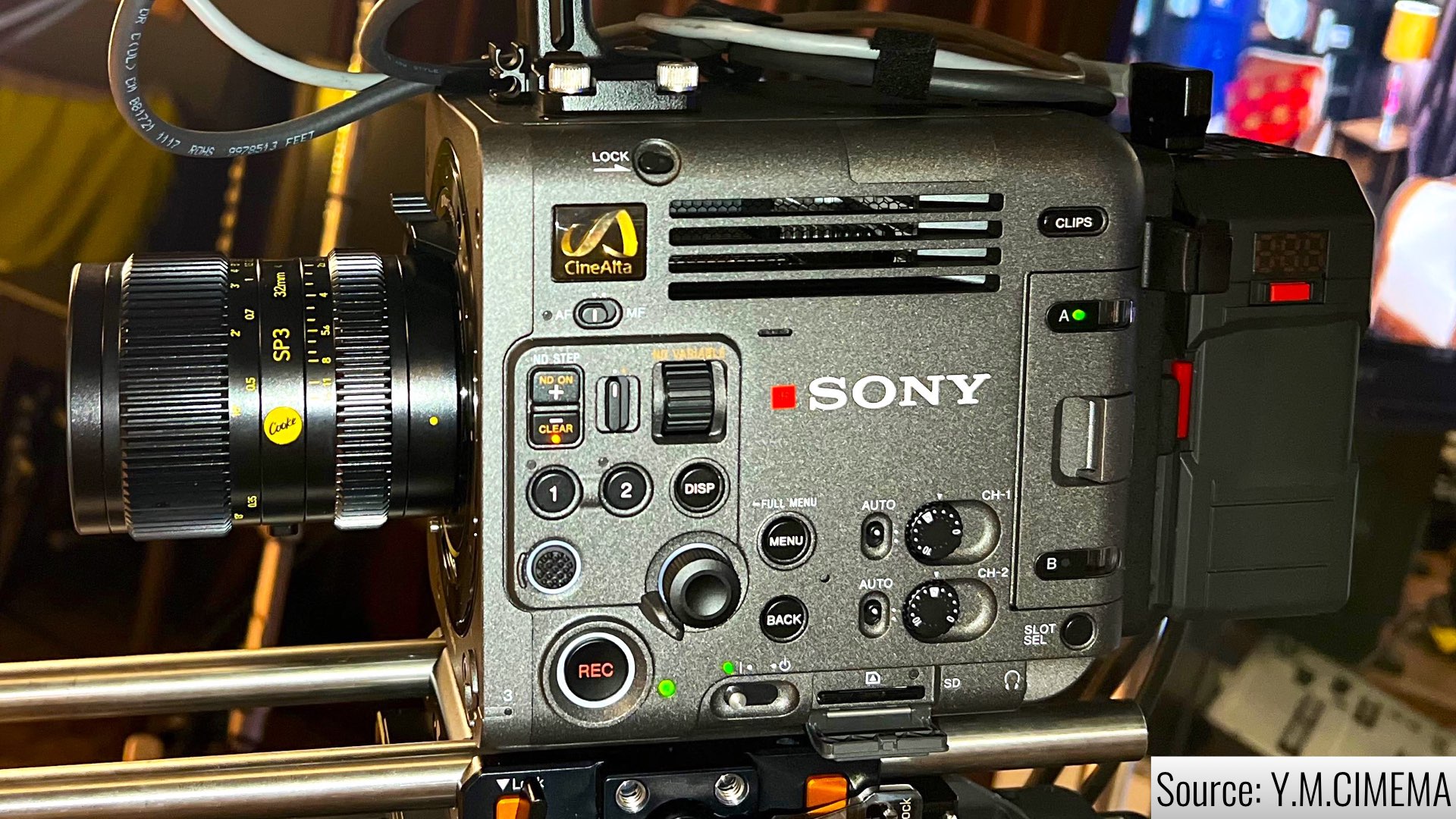
Zeiss Nano Primes
The story of the Nano: Nothing special. These lenses are based on the Supreme. Key Features of Zeiss Nano Primes are:
- 18, 24, 35, 50, 75, and 100mm Lenses
- T1.5 to T16 Aperture Range
- Native Lens Data Communication
- Lens Scale Marked in Feet
- All Lenses Cover Full-Frame Format
- 12-Blade Rounded Iris
- ZEISS eXtended Data
- Includes Transport Case
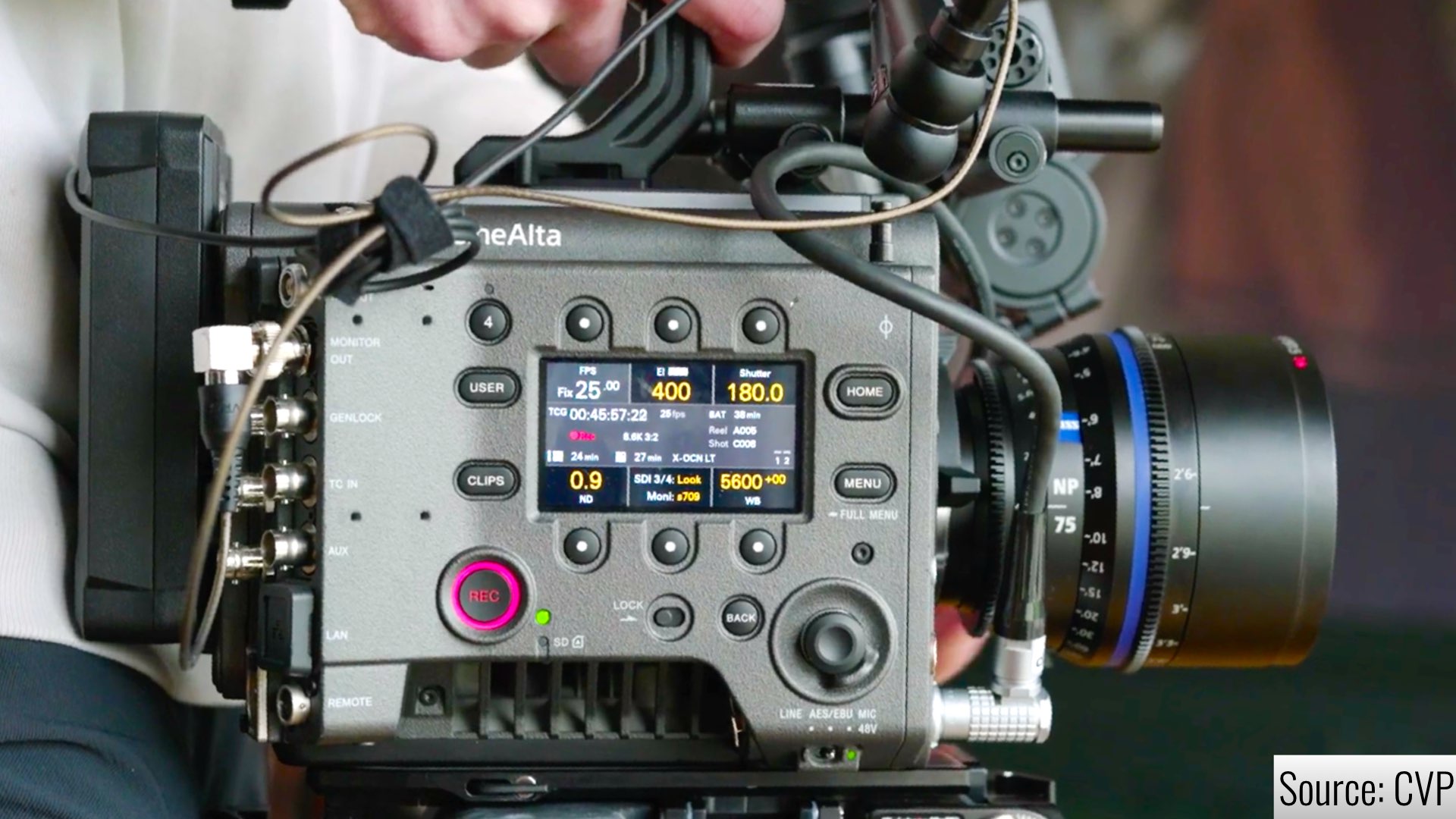
Cooke SP3
The story of SP3: “Based on the storied Speed Panchro lenses, the SP3 primes are optically and mechanically optimized for full-frame mirrorless cameras. These tough yet lightweight and compact lenses feature focus and iris mechanics that are aligned across the series, enabling quick lens changes when using matte boxes and FIZ (focus/iris/zoom) systems. Each lens in the series matches the Cooke Panchro/i Classic series, enabling you to use the SP3 primes as a ‘B’ or ‘C’ camera drone or gimbal solution that complements your ‘A’ camera footage”. Key Features of Cooke SP3 Primes are:
- 25, 32, 50, 75, and 100mm Prime Lenses
- User-Changeable Mounts
- Hard-Shell Lens Case
- Covers Full-Frame Sensors
- T2.4 Aperture
- Matches Cooke Panchro/i Classic
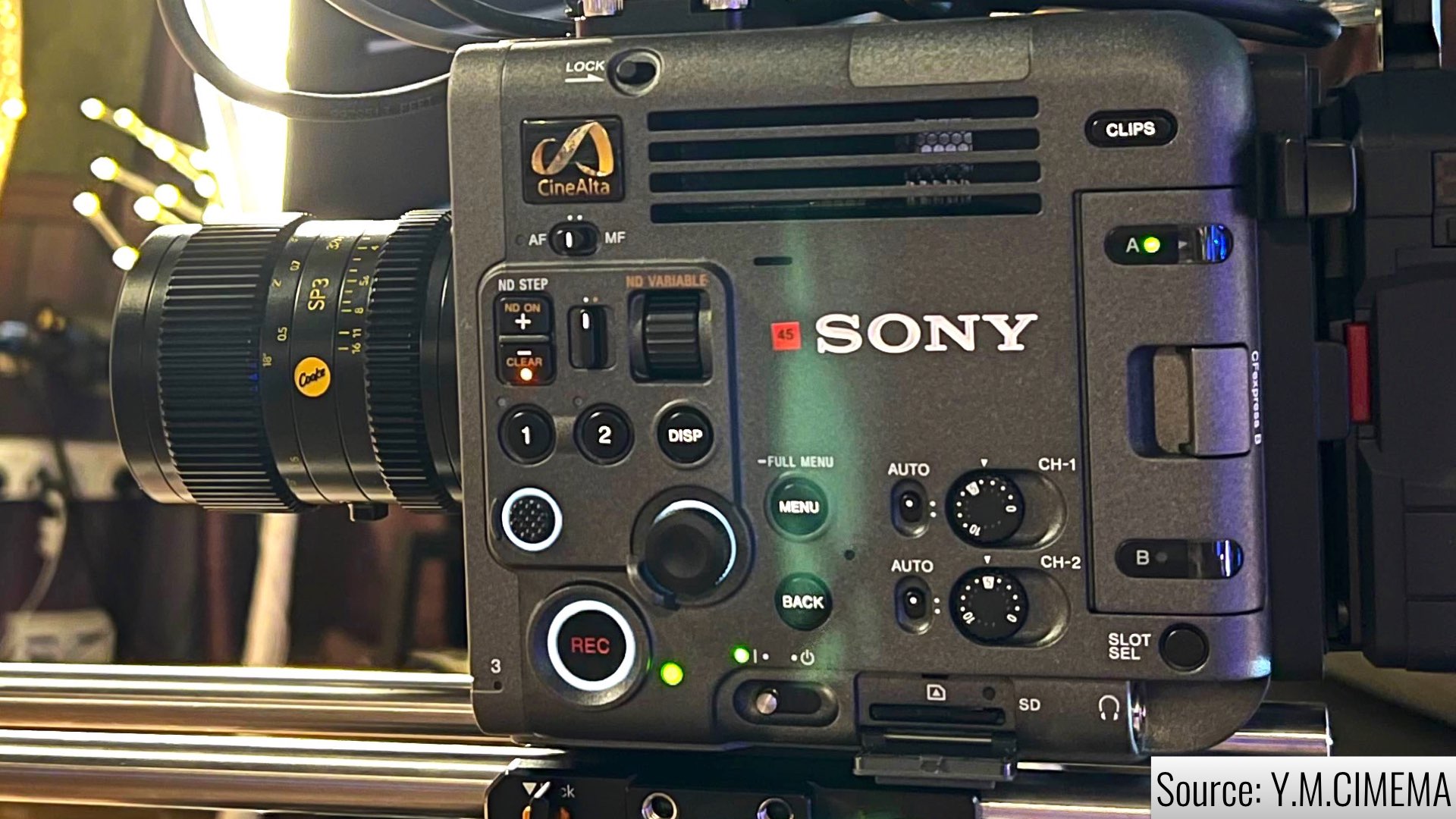
CVP comparison
In a short and straightforward educational video titled “Should You Buy The Cooke SP3 or Zeiss Nano Prime?!”, CVP compares these two fascinating lenses. There’s no finite answer to that question (obviously) since Zeiss and Cooke are very much different. As stated by CVP: “The SP3 lenses are designed for solo operators. The shorter focus throw, and top marks, make it much easier to use in this kind of scenario. As opposed to the Nano Primes which are dedicated to much more traditional crew-based work, and this allows more precise focus control. As for flare, the SP3 flares much easier than the Nano”. CVP claims that the CP3 lenses have more character than the Nano and ends the comparison by saying: “The Cooke CP3 glass offers more vintage imagery. They are low in contrast, fare easier, and allow a more vintage look. They offer the Cooke Look within an incredibly compact design”. According to CVP, the CP3 lenses are fun to use especially when shooting solo. On the other hand, the Zeiss Nano Primes offer more clean and modern images. They are sharp, fast, and accurate. Moreover, these lenses are more appropriate for shooting with a crew.


Watch the comparison below:
What would you pick? What is the lens that suits you best? Cooke SP3 or Zeiss Nano?
Product List
Here are the products mentioned in the article, and the links to purchase them from authorized dealers.
- ZEISS Nano Prime 6-Lens Set
- Cooke SP3 Full-Frame 5-Lens Prime Set

